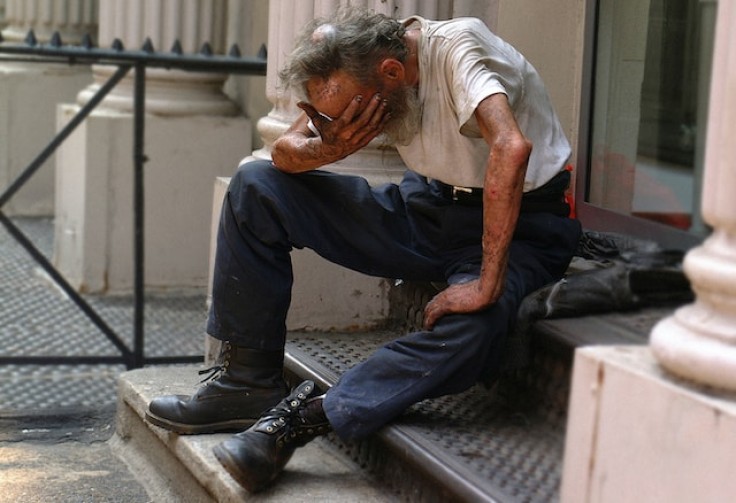
Central Florida is currently facing a surge in leprosy cases, also known as Hansen's disease, according to a concerning news release from the Centers for Disease Control and Prevention (CDC). This region is now responsible for an astounding 81 percent of reported cases in Florida and almost one-fifth of cases reported across the United States.
Historically considered rare in the United States, with a decline in cases from the 1980s through 2000, the situation has shifted noticeably. The incidence has been gradually increasing since then, with southeastern states experiencing more than double the reported cases over the past decade.
Unprecedented Rise: Central Florida Accounts for 81% of Leprosy Cases in the State
According to Geo News, the rise in Central Florida's leprosy cases is particularly puzzling to health authorities. Some instances show no clear evidence of traditional risk factors, including the report of leprosy in a male resident without any known transmission routes.
Leprosy is a chronic infectious disease primarily affecting the skin and peripheral nervous system, according to WHO. It spreads through extended close contact with untreated patients, displaying symptoms such as discolored skin patches, thick and dry skin, skin growths, loss of eyebrows and eyelashes, muscle weakness, or paralysis. If left untreated, serious complications such as blindness, foot ulcers, and paralysis of the hands and feet can arise.
Globally, the World Health Organization records more than 200,000 leprosy cases annually across over 120 countries. The CDC indicates that approximately 150 individuals in the United States become infected with the disease each year.
Florida's prominence in new leprosy cases has been highlighted in the CDC's research letter. Dr. Nicole Iovine, the chief hospital epidemiologist and infectious disease physician at the University of Florida, has emphasized that leprosy is not just an ancient problem but could now be endemic in Central Florida. This means the disease is circulating and present at all times, albeit at a low level.
Read Also : American Samoa Issues Public Health Emergency Due To Measles Outbreak in Children, Prompting School Closures
Leprosy in Central Florida: Urgent Action Needed to Combat the Outbreak
In 2020, Florida, along with California, Louisiana, Hawaii, New York, and Texas, reported the highest number of new leprosy cases. Brevard County, Florida, has seen the most new cases since 2011 and will account for over 12% of all new leprosy cases in the United States in 2020.
Dr. Iovine further explained that leprosy could present in two main ways: as pigmented lesions on the skin that can be scaly or as nodular lesions leading to disfigurement. What makes leprosy distinctive is its ability to cause a loss of feeling in the affected area.
The commonly blamed culprits for leprosy transmission are armadillos, but human-to-human transmission is also possible, although rare in the US. Contact with infected armadillos or inhaling aerosolized particles from them are familiar transmission routes.
Leprosy is treatable with antibiotics, and the key to successful treatment is early diagnosis and prompt intervention. Timely action can prevent severe complications and control the spread of the disease.
Health officials in Central Florida are calling for residents to be aware of the symptoms and to seek medical attention if they suspect they might have contracted leprosy. Community awareness and outreach programs are being developed to educate the public.
In conclusion, the resurgence of leprosy cases in Central Florida is an urgent public health issue that requires immediate attention, vigilance, and proactive measures. The unfolding situation is a stark reminder that diseases considered confined to the annals of history can re-emerge, posing new challenges to modern medicine. Continued monitoring, investment in research to understand the changing dynamics of the disease, and public cooperation are critical to responding to this unexpected health crisis.
Related Article : Ebola outbreak in West Africa kills at least 61